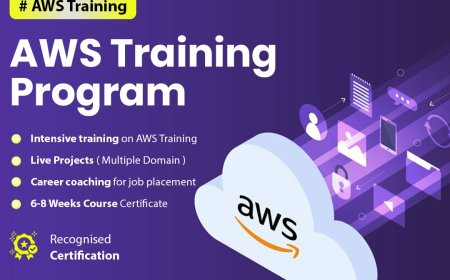IPOs for Corporate Clients: Opportunities and Risks
An Initial Public Offering (IPO) is a momentous event when entering into the life of a private company.

An Initial Public Offering (IPO) is a momentous event when entering into the life of a private company. Going public opens the capital markets to a business, allowing it to implement its expansion strategy, improve brand recognition, and offer liquidity to current stockholders.
Learn the IPO process.
The Process of IPO is as Follows:-
- Appointment of Advisors: Thus generally engages investment banks, legal consultants, auditors, and consultants. The lead underwriter plays a vital role in managing the offering that helps them to determine the range of initial stock prices.
-
Due Diligence and Regulatory Filings: A detailed review within the company about its financial, operational, and legal statuses. Then a preparation of a registration statement popularly known as a prospectus will be submitted to the appropriate regulatory authority like the Securities and Exchange Commission (SEC) in the USA.
-
Roadshow and Price: Executives of the company explain the business to prospective institutional investors. This way, they gauge the interest of the investors and help finalize the offer price and share allocation.
-
Listing and Trading: After that, once approved, public shares will start trading on a public exchange. Usually, the measure of IPO success is done through stock performance in the first days of listing.
Opportunities from an IPO
-
Access to Capital: Through IPOs, companies could raise funds without incurring debts. Fund utilization may be for research and development activities or infrastructure investments or targeted acquisition.
-
Liquidity of Shares: An IPO creates a market where company's securities can be sold, enabling early investors and employees to realize certain values from their investments.
-
Scope Enhancement: Publicly held companies generally receive more attention from consumers, investors, and partners, which can help accelerate business development.
-
Currency for Acquisitions: Publicly owned stock may serve as noncash consideration in mergers and acquisitions, which may further promote inorganic growth.
-
Attract Richest Talent: A public company may provide stock-based compensation. This may provide an attraction retention strategy and draw skilled professionals.
Risks and Considerations
-
Market Volatility: One issue that could impact significantly on the valuation level of the company is an event not driven by its performance. Underlying these fluctuations are changes in the economy as well as different investor sentiments.
-
Regulatory scrutiny: Public companies are required to comply with standards about the content of their financial reports, the requirements for disclosure, and governance demands.
-
Short-term pressure: Quarterly expectations on earnings tend to divert the focus on long-term strategies for the immediate results.
-
Loss of Control: Dilution of ownership happens more often with founders and earlier investors, and at times resort to some form of shareholder activism.
-
Going-Public Costs: There are essentially direct costs resulting from the IPO, like underwriting fees, legal fees and accounting services, as well as indirect costs, such as a time commitment by senior management.
Strategic Timing and Market Conditions
As timing critically affects the outcome of an IPO, corporate clients must check the market conditions, sentiments regarding the sector, and appetites of investors. All such marketing downturns include geopolitical events that may delay or even displace an offering. Favorable market
conditions give birth to an environment that is conducive or favorably inclined toward new issues.
Now, apart from above, the companies also need to assess the fitness readiness on the lines of governance maturity of operations and financial clarity. Rushing into an IPO without these can hurt market reception and post-listing performance.
Non-public
The IPO is not the only alternative to raising money. Others like private placements, direct listings, or mergers with special purpose acquisition companies (SPACs) could bring various potential benefits. Each route presents its share of tradeoffs regarding cost, control, speed, and disclosure requirements.
Following the IPO
The shift that results from going private to public remains long after the day of listing. Public companies must develop an investor relations function, learn how to deal with scrutiny from analysts and media and prepare for shareholder meetings. The post-IPO year often becomes a learning period for companies as cultural and operational adaptations take hold.
Successful post-IPO performance involves maintaining transparency, meeting guidance, and delivering on growth expectations. Internal alignment between finance, legal, and executive leadership becomes crucial for sustainable performance.
Conclusion
For corporate clients, an IPO represents an entrance into dreamland, or perhaps into a nightmare. The IPO process necessitates extensive care in preparation, strategic communication, and organizational readiness. Public markets can serve as fountains of capital and visibility; however, they usually demand accountability and resilience.






































